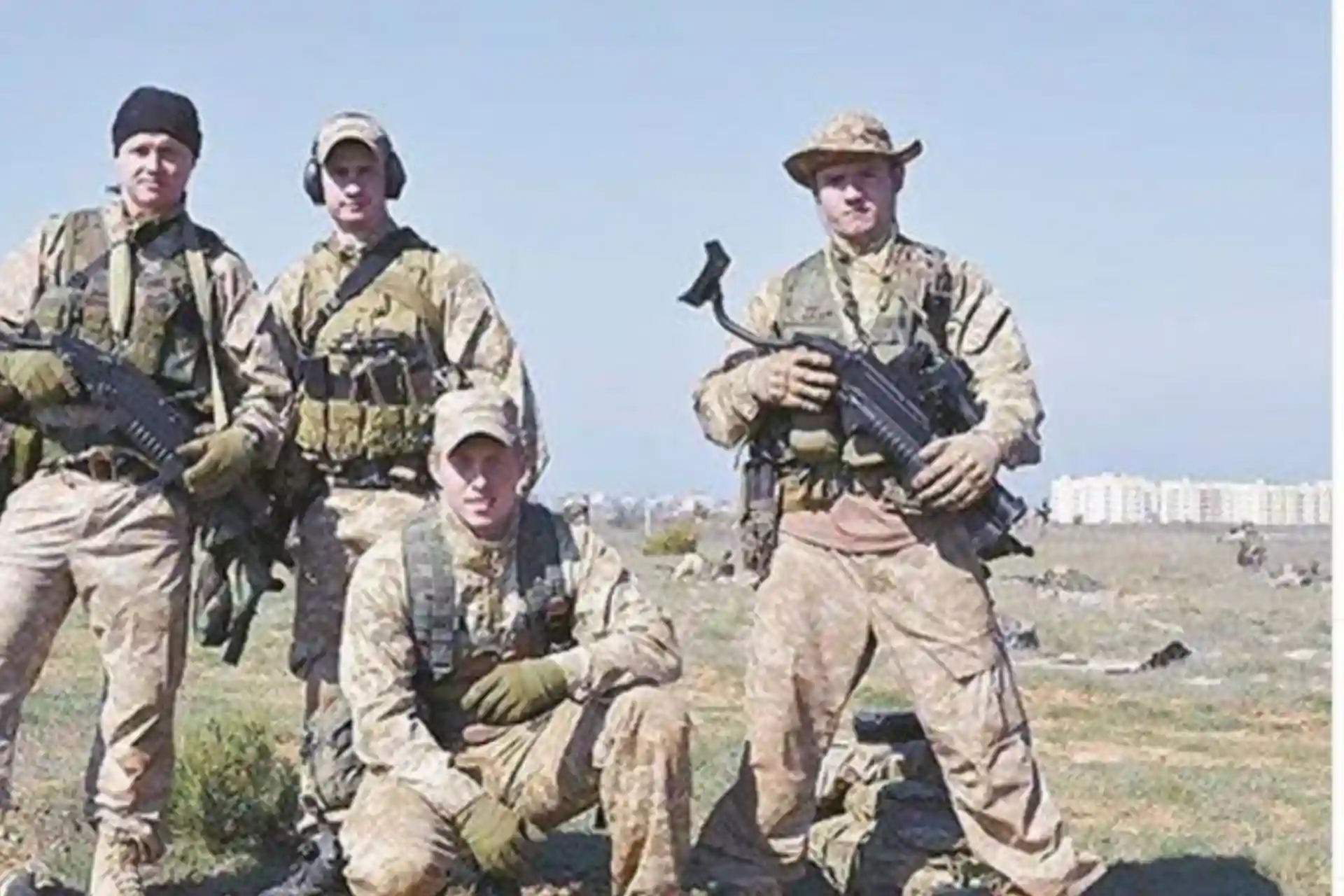10.12.2024 10:11
628
How many Russian soldiers died in Syria?
According to the BBC, from 2015 to 2024, 543 Russian servicemen and "Wagner" personnel were killed during operations in Syria. Among them are the most powerful specialists, such as special operations forces, special units of the FSB, GRU intelligence soldiers and military pilots.
The names of Russian soldiers were determined based on information from mass media, social networks, cemeteries and monuments. Internal documents and information of the Wagner company were also analyzed.
Between 2016 and 2022, 346 Wagner PMS employees died. This information was confirmed by the information obtained by the Journalists from various sources.
The Russian side officially recognized the death of 116 of its servicemen in Syria. But this number is not a complete indicator of actual losses, as the exact data is incomplete.
In Syria, Russia also suffered losses from its most famous special forces, the elite SSO and FSB: 15 SSO soldiers and officers were killed.
Marine officers Stepan Alektorsky and Nikolai Mikhailenko were killed. They also died while performing their duties during special operations in Syria.
For example, Sergey Chernyshov is one of the FSB special forces who died in Syria. He served in the FSB for more than 10 years and carried out his missions for many years.
Based on open sources, intelligence officers of the 45th Airborne Brigade, soldiers of GRU units, more than 20 military pilots and navigators were killed in Syria.
According to the Russian Ministry of Defense, the direct cost of training each military pilot can be between 3 million and 14 million dollars.
In some cases, accurate information has become difficult to find. For example, the information about the death of Colonel Yevgeny Velev was known from the monument in Kaliningrad.
The death of Russian servicemen in Syria shows that special services, elite soldiers, intelligence specialists and military pilots played an important role in this figure. Russia's losses in Syria have enormous financial and personnel implications.

